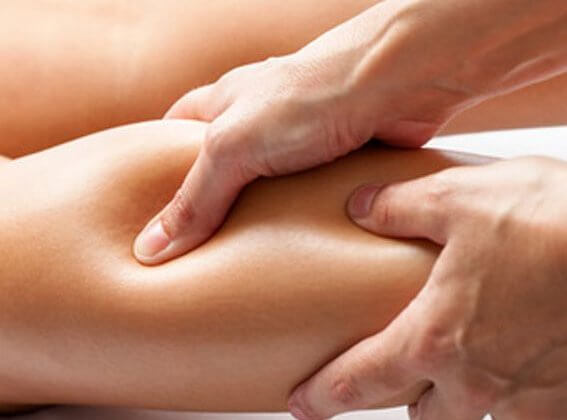
Q: The other day, I had a long massage just before my workout, and I think it actually made me weaker. I always hear that massage is supposed to help improve recovery, so do I maybe need to seek out another therapist? Or should I avoid massage before workouts?
Charles Staley: Don’t fire your massage therapist just yet! There are many different kinds of massage, and I suspect that the massage you had might have been more appropriate after a workout rather than for pre-training. The ideal type of massage for “pre-event” purposes is very light, most often done without oil, for about 20 minutes before an event. We use broad compression strokes, jostling and light friction at tendons to warm the muscles up, loosen them from spasms prime them with blood.
Massage has become an indispensable part of my work with athletes. My Los Angeles-based athletes are treated by Dianna Linden, MT, CFT, who uses a wide range of techniques and disciplines with her clients, many of whom are athletes. I asked Dianna to comment on your question, and here is what she had to say:
“Massage which is of a deep tissue style or sports massage of a clinical nature is used to release spasms or adhesions (old or new) from muscles and tendons. This type of work is more invasive and does require some recovery time before the muscles are ready for peak performance again. For this reason, this type of deeper tissue work is best done in the off season or as part of the athlete’s rebuild phase so that the tissues are ‘available for training’ without damaged or restricted fibers restricting their ability to fully relax and contract. After deep tissue style massage the muscles might even feel tender and weaker for that day and a day following the massage. After that, they should perform better, being freed from the internal restrictions of the erased adhesions.”
Dianna also cautions that If a large range of motion is important to the performance of the athlete’s sport or training (for example, deep squatting or dumbbell bench presses) the athlete should take it easy for the first workout and be aware that the synergistic functioning of the antagonists has been temporarily altered by the release of the adhesions. For example, if the hamstring has had a large spasm or adhesion in it and the deep tissue work relieved some portion of that spasm or all of it, the muscle might behave differently, the leg could go forward faster, thus affecting the athlete’s gait. This is ultimately beneficial for performance, but could be temporarily disconcerting to feel your leg moving faster than you are used to. This takes some re-orientation for the athlete and would hardly be noticed by the average person.
A well trained sports therapist should inform her client what to expect from the work and how to choose what kind of massage is appropriate for their immediate goal and how to best time the massages to be most affective to help the athlete achieve enhanced performance. So communicate with your massage therapist, and I’d suggest that you treat a deep massage almost like a workout – don’t make any strong demands on those muscles for a few days following the treatment.
About the author
Prominent in the United States and many other countries, Charles is recognized as a authoritative coach and innovator in the field. His knowledge, skills and reputation have lead to appearances on NBC’s The TODAY Show and The CBS Early Show, along with many radio appearances. He has written over a thousand articles for major publications and online websites in the industry.
Leave a Reply
You must be logged in to post a comment.